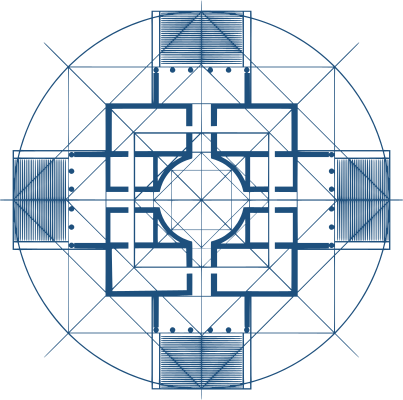Abstract
This article aims to describe educational policy making in Japan, mainly after WW II, by dividing it into three eras: the first era from postwar WWII to the early 1980s; the second era mid to late 1980s; the third era late 1990s to the present (2012). The first era is characterized by the contradiction between the political and economic requirements for diversification of the school system and the Japanese original meritocratic single track system. The most critical element for understanding the postwar time Japanese education system is to understand the main traits of how the meritocratic single track system functions. In the second era, the provisional Council on Educational Reform proposed some neo-liberal reform ideas for the Japanese school system which have had long-term influences to this day. The third era of neo-liberal reform is also the age of political disarray, despite a call for “politicians-led” policy making instead of the dominance of bureaucrats. Some important changes of the Japanese successful school system have been introduced gradually in this era. This paper also proposes some models that have been used to analyze the recent years educational policy making systems in Japan. It is asserted that the expanding of political spaces opens up some possibilities for educational scholars to take more significant roles in educational policy making than before.
Download
Maehara K. (2014) "A critical historiographical analysis of Japan’s educational policies from the end of the World War II to 2011
", Italian Journal of Sociology of Education, 6(2), 115-143. DOI: 10.14658/PUPJ-IJSE-2014-2-6
Year of Publication
2014
Journal
Italian Journal of Sociology of Education
Volume
6
Issue Number
2
Start Page
115
Last Page
143
Date Published
06/2014
ISSN Number
2035-4983
Serial Article Number
6
DOI
10.14658/PUPJ-IJSE-2014-2-6
Section
Special Section

 © 2026 Padova University Press - Università degli Studi di Padova
© 2026 Padova University Press - Università degli Studi di Padova